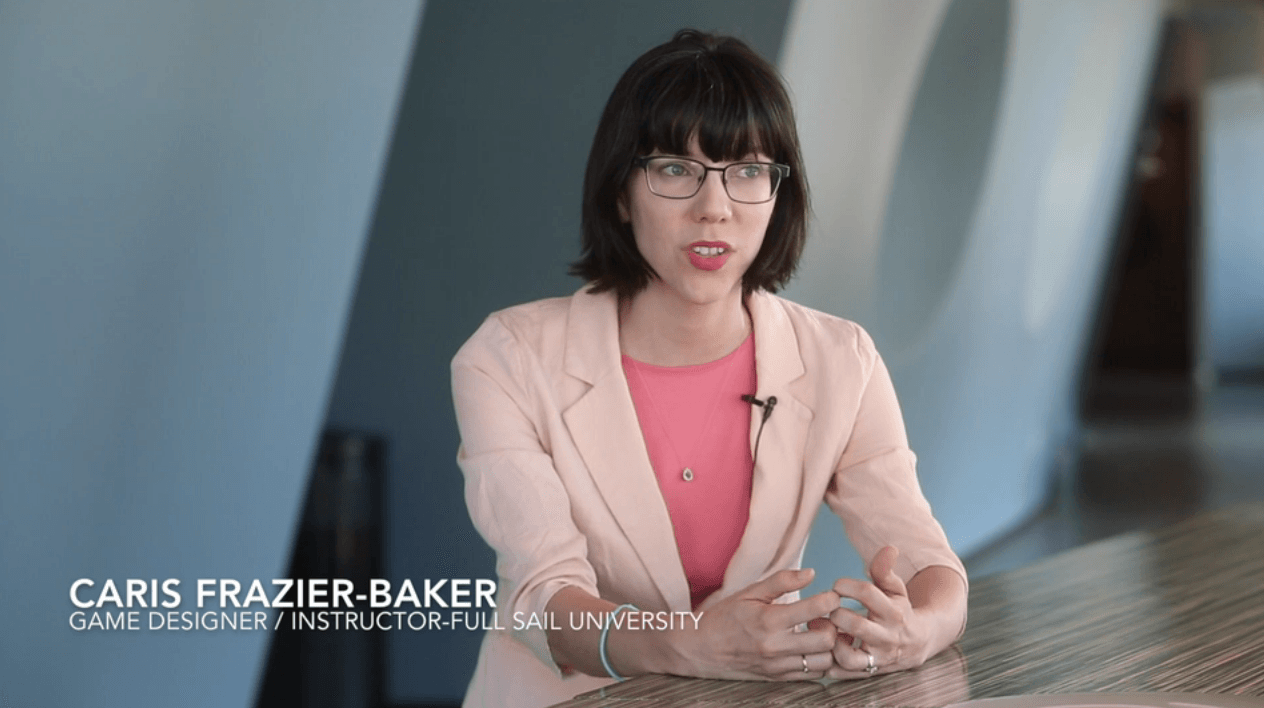NEMOURS AMONG ORLANDO HOSPITALS TURNING TO VIDEO GAMES FOR HELP

The usually conservative healthcare industry in Central Florida has turned to local video game makers to discover new ways to teach patients about disease and other health-related issues, potentially saving lives in the process. It’s an effort to reach young people where they spend a good portion of their time: on connected devices.
“It took the telephone 75 years to get 50 million users,” said Dr. Shayan Vyas, telehealth director of the CareConnect program at Nemours Children’s Hospital. “Angry Birds captured that in 35 days. The traditional way of doing things is not scalable.”
That is the reasoning behind the three-day MeGa Health Jam, an event that runs through Sunday with teams of programmers building games and demonstrating them.
“If we can figure out how to engage with children in a fun way that they are already doing, and we can turn that into a way to prevent disease, that is very intriguing,” said Vyas, who has 13 years’ experience, including University of Florida Health and Miami Children’s Hospital.
For instance, he said, diabetes patients could earn points in a video game by answering trivia questions about their disease.
As a player earns points, it also could reinforce knowledge on the disease they are dealing with, Vyas said.
As gamification increases, its ability to affect industries like healthcare will also grow, said Kunal Patel, co-founder of the video game group Indienomicon — which stages MeGa Health Jam as part of a series. Indienomicon strives to bring video-game concepts to various industries in Central Florida, including space and professional sports.
“Healthcare is historically a very conservative and slow-moving industry,” said Patel, who helped organize the event along with Kelli Murray of the local Health Innovators group. “We think there are real opportunities to uncover new solutions, products and companies by taking advantage of our regional strengths.”
Full Sail University game design instructor Caris Frazier-Baker, who suffers from the hereditary disorder Marfan syndrome, said she hopes tech can help handle her condition someday. The 26-year-old’s condition is characterized by an elongation of fingers and toes. That has led to her privately adopting the superhero name Elastigirl.
While she can joke about the disease, which afflicts connective tissue, it can be deadly. She hopes to encourage those at MeGa Health Jam to create games that could help save lives.
It’s something Frazier-Baker has been working on for herself, creating a product that she hopes will help her track different variables in her body over time.
“We can’t have games that are just fun,” she said. “This is real life for people like me.”
But building a space-based video game is far different than taking on healthcare, Frazier-Baker said.
“I want them to think about things that are larger than just fun things,” she said. “There are real problems that can be solved with the skills they have in video game development. They can create innovation in spaces they don’t even know exist.”
Tampa-based pediatrician Dr. Phillip Matar, who also treats patients in Orlando, recently launched the medical urgent care service Kinderdoc, which provides appointments and consultations via laptop, desktop or mobile device.
He said the efforts to connect doctors and software developers could help modernize his industry.
“The whole purpose is to group together folks who would otherwise never be in a room together,” said Matar, 33. “It’s not often you have a game developer, programmer and physician sitting down talking to each other. It’s like the start of a joke.”
Original article can be viewed here: http://www.orlandosentinel.com/business/technology/os-bz-orlando-hospitals-video-game-20180412-story.html
Well, there you have it. We'll see you again in a couple of weeks but either hit that subscribe button or follow this blog as we plan to create much more metaverse and XR-related content moving forward!














